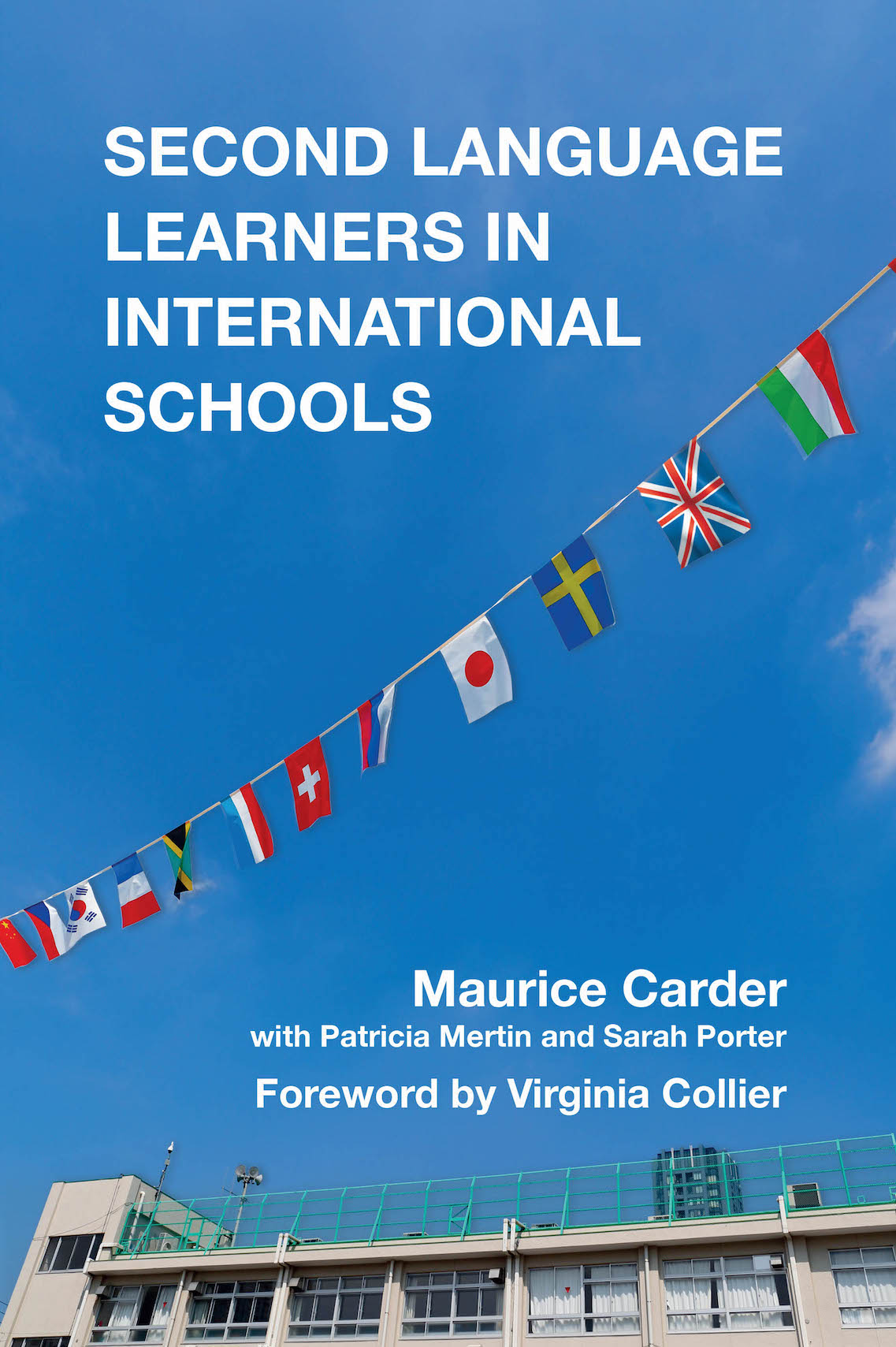Aims
The aim of this website is to inform all those involved with International Schools about the best way to develop the English language skills of Second Language Learners - SLLs. There is a fundamental difference as regards language provision between the situation faced by students in such schools and that of most national schools. This information is aimed at parents, teachers, administrators and students, and is vital for considerations of the language education of International School students.
International Space
International School students live in an 'international space,' a concept I have developed in order to focus attention on such students' language trajectories and needs. Students are not under pressure to 'assimilate' to a national language and culture; thus they are best placed to maintain and develop their mother tongue, at the same time developing their English language skills in a professionally conceived Second Language programme.
English
In the majority of International Schools the language of the school and the curriculum is English, which has achieved a level of common currency in the world previously unknown. English has broken free from its roots in English-speaking countries and now 'belongs to everyone.' Today more people in the world speak English as a Second Language than as a mother tongue.
Motivation
Motivation is a key factor in language learning, and until recently a recommended model was to become integrated in the culture of the country where the language was spoken. However, a new model has been formulated, described as the 'ideal self,' by which students strive to achieve a level in the language motivated by their own concept of their aims and goals.
Transfer of Knowledge
Children arriving at an International School at the age of 11 with little or no English have acquired much knowledge in their mother tongue. This knowledge can be transferred to English, given appropriate pedagogical frameworks, involving maintaining fluency and literacy in their mother tongue.
Implications
International Schools are therefore well placed to follow the research results informing best models of language acquisition in both developing English as a Second Language and in maintaining the mother tongue, rather than the assimilationist models frequently practised in national systems.
My three-programme model of content-integrated learning for SLLs; a mother-tongue programme; and linguistic and cultural awareness training for all staff and administrators can be seen in my book.

